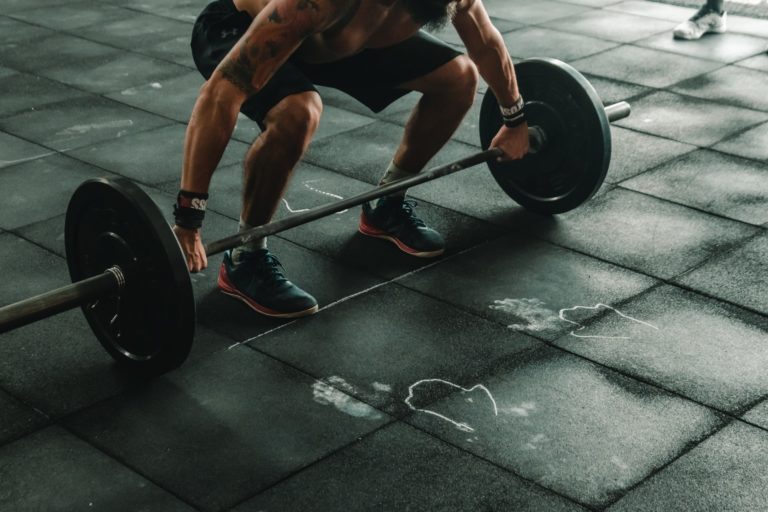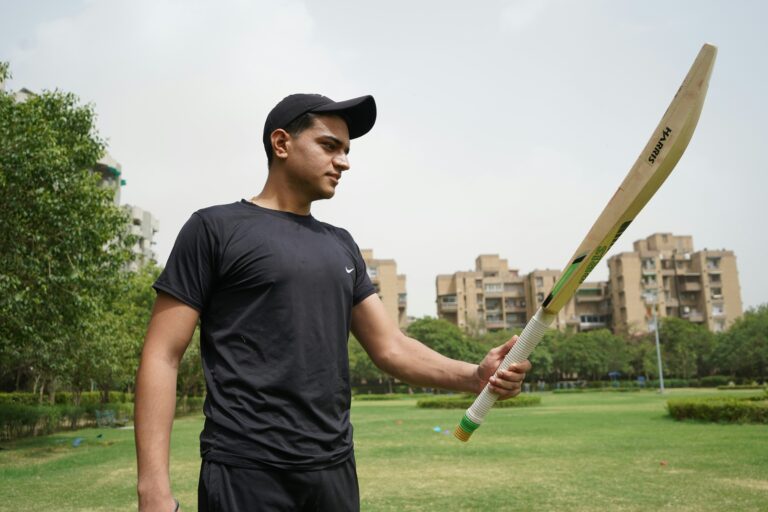Sports injuries affect the health and well-being of millions of people worldwide. In the United States, approximately 8.6 million injuries are incurred from sports and recreational activities every year. But this isn’t an American problem—on the other side of the globe, Australia’s health care system spent a whopping $8.9 billion on sports injuries in 2015-2016 alone.
People can be injured in solo sports and team sports, and anyone who engages in sports activities is at risk of injury. However, they may be able to mitigate their risks with appropriate equipment and preparation.
1. Shoulder Injuries

Shoulder bones can be dislocated, misaligned, or fractured. Sports injuries can also affect the muscles, cartilage, and ligaments in your shoulders. Muscle strain, cartilage tears, and ligament sprains are all common shoulder injuries incurred from playing sports such as football, tennis, lacrosse and basketball.
Ensure you have the best health insurance plan for your recreational needs. Use a comparison tool, such as the one provided by iSelect, to compare the costs and terms of all insurance plans to find the best coverage for your needs. If you participate in a sports league that travels out of state, you may need extra coverage to avoid paying fees if you’re injured. For example, you may need ambulance cover because some states do not include this cost in their insurance plans. Make sure that you know about any special enrollment period you can use and that your insurance company covers things like physical or occupational therapy. Health insurance can be very confusing, so using an online tool is helpful in navigating the world of deductibles and premiums.
2. Breast, Chest and Back Injuries
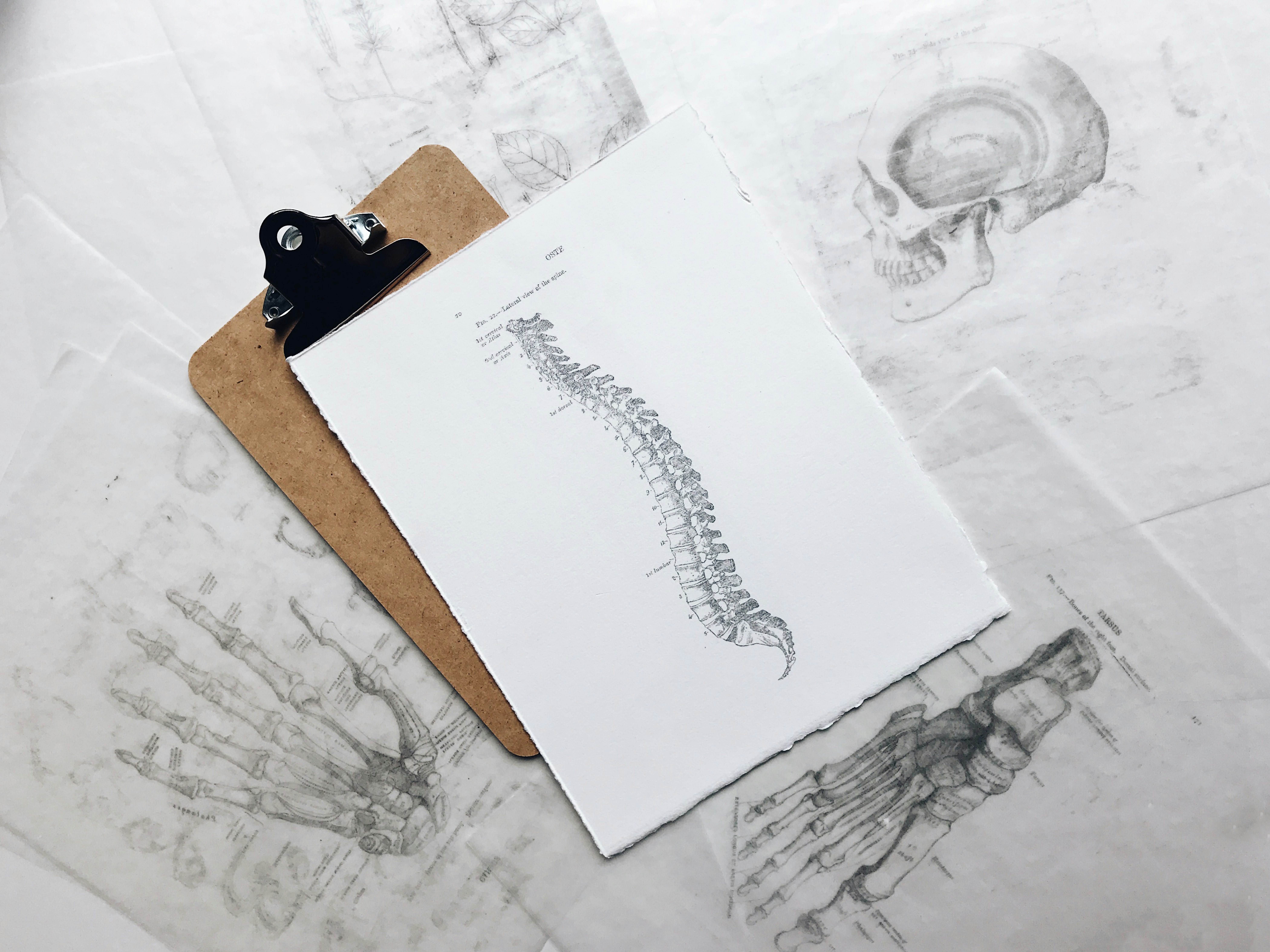
Your breasts, chest, and back can be injured from contact or strain. Sciatica is a common back injury that often affects cyclists and people who play tennis and golf. Pain radiates from damaged discs and nerves and can affect the nerves all the way down to your foot.
Many women suffer breast injuries because of inadequate bras. Only 20% of women wear appropriate sports bras, which means four out of five female athletes are at increased risk of damaging their breasts’ ligaments. Breast injuries can also cause back pain. Women can help prevent breast injuries by investing in Soma bras designed to fit correctly and provide the support needed to reduce movement and strain. Having a bra that provides proper support is crucial as a way to avoid injury. While good sports bras are often expensive, you don’t have to buy full-priced bras, as there are always plenty of high quality clearance items available.
3. Tennis Elbow
Tennis elbow is typically caused by repetitive motions that lead to inflammation of the tendons in your forearm. You may have difficulty making motions with your wrist or hand, and your grip may be weakened. Tennis elbow is a common injury affecting those who play tennis, golf and squash.
Incorporate stretching into your warm-up routine and do forearm exercises to prevent tennis elbow. Wearing a tennis elbow strap may also protect your tendons from inflammation.
4. Concussions
Concussions are brain injuries caused by a blow to the head. Concussions are common in contact sports, such as rugby, hockey, football, and basketball. Symptoms include slurred speech, dizziness and headaches. Enforcing rules of play and wearing appropriate safety equipment can reduce the number of concussions incurred from sports. Individuals who suffer a concussion should be evaluated by a medical professional before continuing to play.
5. Knee Injuries
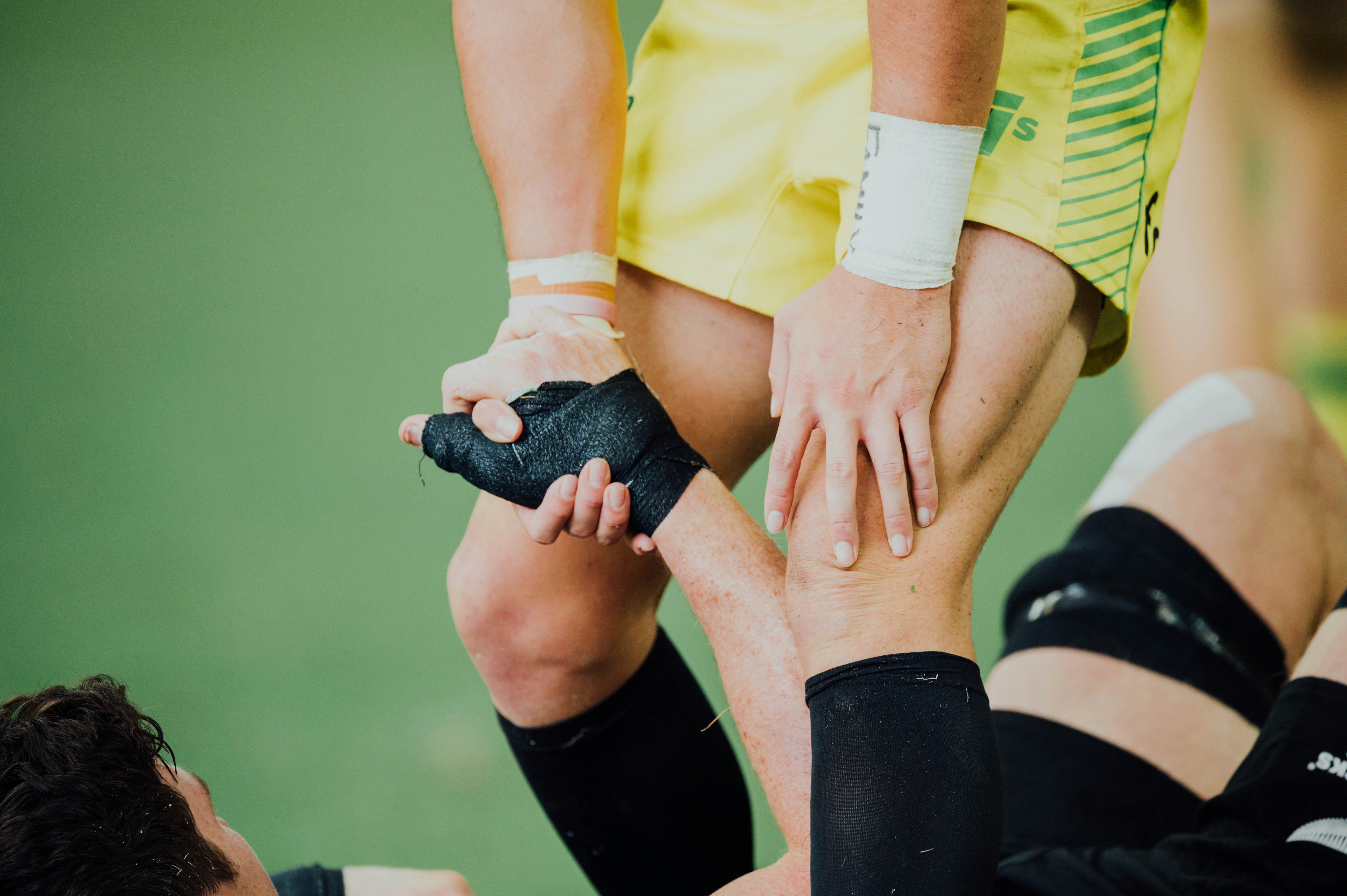
Muscle imbalance in the knees can cause swelling and is typically caused by impact to the knees. Another common knee injury is an ACL tear. When the anterior cruciate ligament (ACL) supporting the knee tears, it can be painful to walk or turn. Knee injuries are common in basketball, downhill skiing and football.
6. Ankle Sprains
Running and jumping can cause ankle sprains. Twisting your ankle and force of impact can cause your ankle’s ligaments to stretch or tear, leading to pain and difficulty walking. Stretching and strengthening your ankle muscles can help prevent an ankle sprain. Ankle sprains are common in volleyball, soccer, and basketball.
7. Hamstring Strains
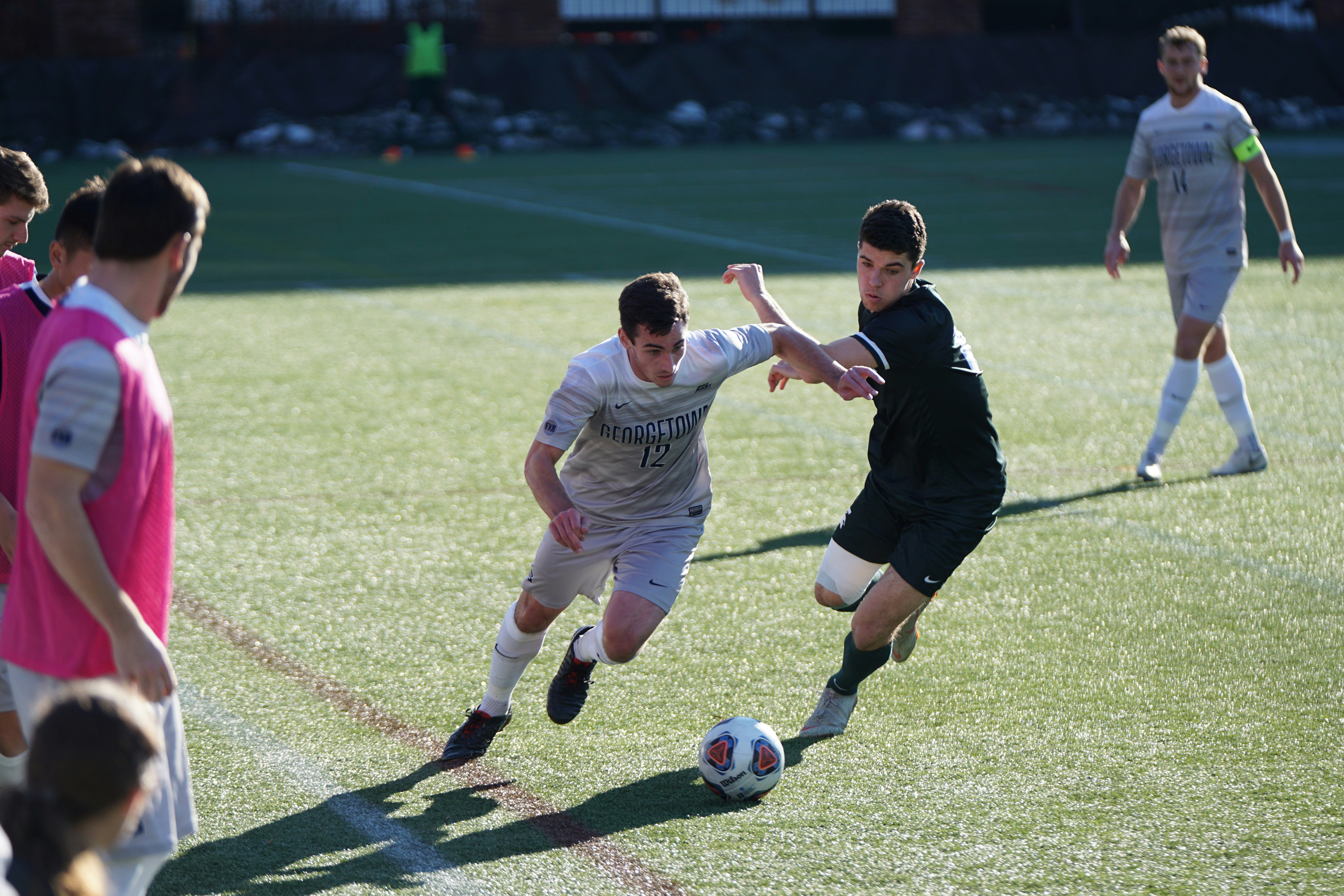
The muscle that runs along the back of your thigh is called the hamstring. It’s typically a tight muscle, which puts it at risk of being strained or torn. Hamstring strain is common in football, rugby and soccer. Warming up before playing sports and developing flexibility can help prevent hamstring strain.
8. Shin Splints
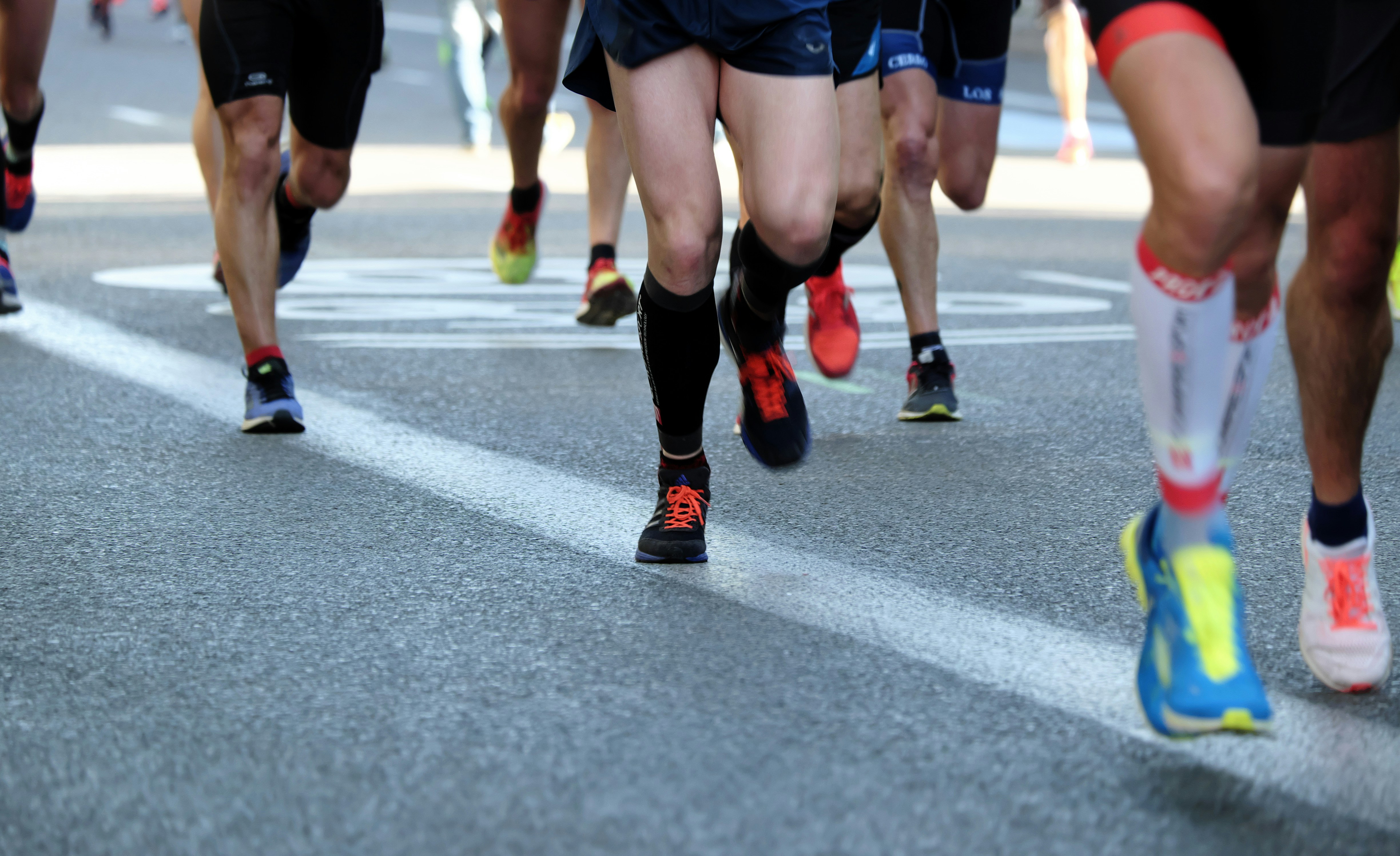
Shin splints typically cause pain in your tibia. Shin splints are common in running, soccer and racquetball. One way to prevent shin splints is to increase your running and jumping in small increments. Wearing appropriate footwear that provides arch support can also help prevent shin splints.
9. Groin Pulls
Groin muscles run along your upper inner thighs. Quickly moving sideways can cause groin strain. Symptoms of groin pull include tenderness, bruising, and pain when moving laterally. This injury can occur when participating in sports such as skating, basketball, rugby, and tennis.
Whatever sport you engage in, always make sure that you’re taking care of yourself to avoid injury. Buy shoes that support arches, sports bras that give you proper support, make sure you’re health insurance coverage is excellent and your health care provider knows about your athleticism, and always stretch before and after any activity.

